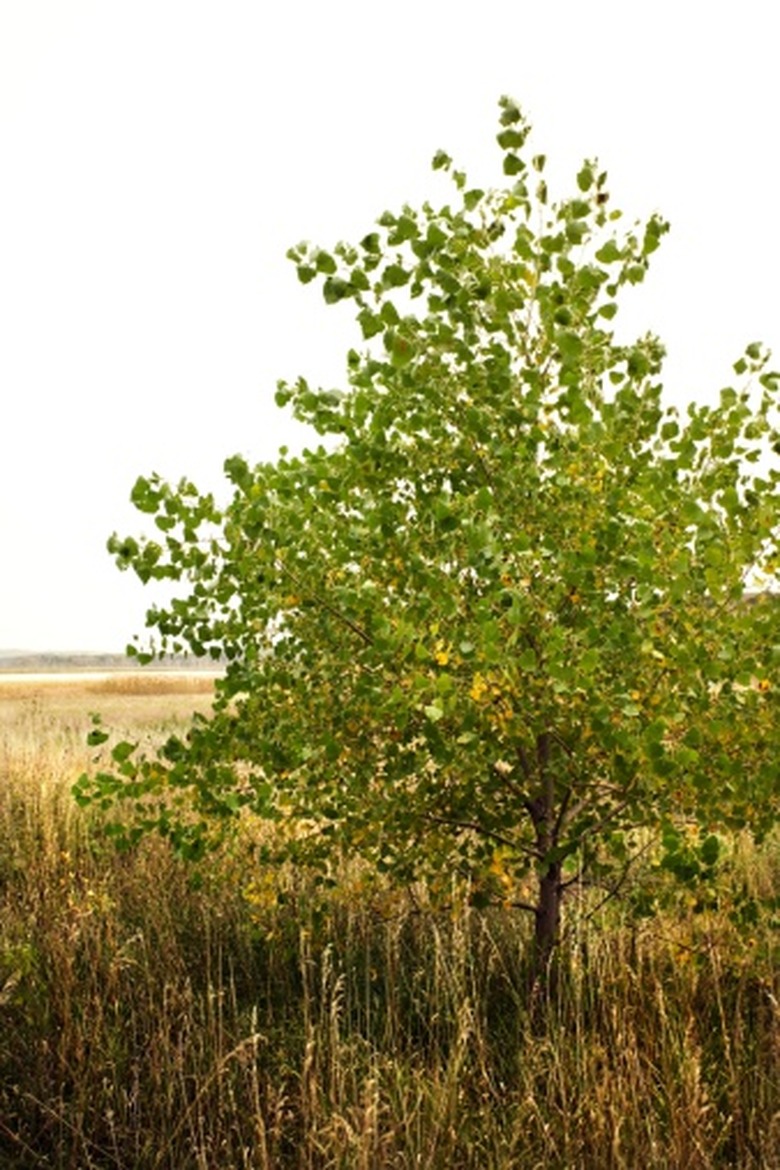How To Prune A Catalpa Tree In The Summer
Things Needed
- Pruning shears
- Pruning saw
Catalpa trees grow well in moist to wet soil conditions. The tropical tree can be planted in full sun to partial shade. With large, heart-shaped leaves and an open form, the catalpa tree is stately. It boasts white flowers with purple and yellow inner spots once it is at least 15 years old. In addition to flowers, the tree has long brown seed pods. Because catalpa trees grow 35 to 40 feet tall, they can outgrow their planting location. Pruning a catalpa tree controls its size and improves its health. Trim in the summer to remove suckers and foliage.
Step 1
Train younger catalpa trees to produce a central leader. Identify the strongest upright branch and remove branches that compete with it.
Step 2
Let a scaffold whorl grow. Choose branches that have wide angles with the trunk. These branches should be evenly spaced around the central leader, like spokes of a wheel. Remove all other branches, especially those with weak, V-shaped connections. Allow other scaffold whorls to grow, 10 to 12 inches above the last. Make sure the limbs are not directly above each other or they block sunlight.
Step 3
Prune weak branches in the summer. The catalpa tree is prone to weak wood. Cut them off where they meet healthy branches. Make the cuts just to the outside of the branch collar, or swollen area where the two branches connect.
Step 4
Eliminate lower branches when the catalpa tree reaches the desired height. Use one cut to remove smaller branches. Larger branches need three cuts to reduce tearing. Make the first one on the underside of the branch, a couple of inches from the branch collar. Make a second cut on the top side of the branch, about an inch past the first cut, which should sever the branch, leaving a stub. The third cut slices through the stub, flush with the branch collar.
Step 5
Cut off water sprouts and suckers. They steal nutrients from the rest of the catalpa tree. Cut them off completely in the summer or any other time of year. Sprouts grow along branches and suckers grow from the roots or tree trunk.
Step 6
Remove rubbing, crossing or wayward branches. They clog air and sunlight from getting to the rest of the tree.
